THE OGM: 30 YEARS IN BUSINESS Edition - Read Now!
View Past IssuesI asked Thomas if he was related to the great composer from Norway, Edvard Grieg. His response was just like something you’d hear on George Street, over a beer. “Yes, he’s my great, great, grandfather’s cousin or something like that… I’m also related to every other Grieg in Norway.”
The Grieg family of Norway is likened to the Crosby Family in Newfoundland; fiercely loyal entrepreneurs, they are shaping the future of the region with sheer guts and determination.
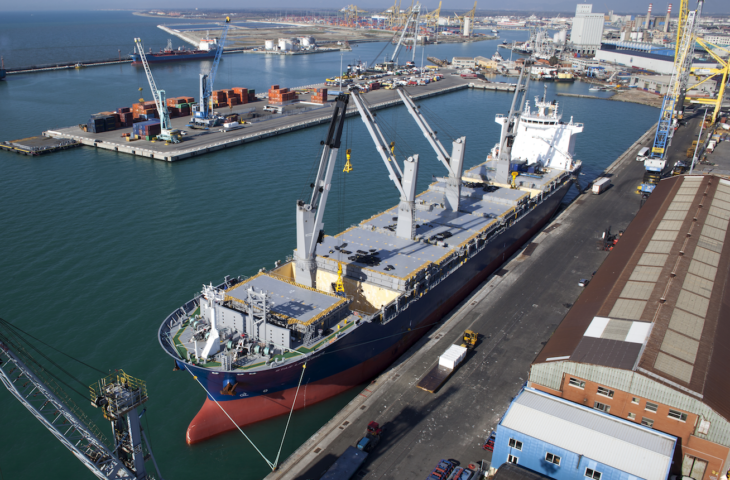
The Grieg family business thrives on coastal operations primarily in the shipping and sea farming industries. Seen here is the Grieg Star Shipping Company in Norway.
Joachim Grieg started the ship-brokering company Joachim Grieg in 1884, which today has evolved into the Grieg Group.
The Grieg Group consists of several companies, most of which relate directly to Norway’s diverse coastal industries. Most notably the Grieg portfolio of companies consists of the shipping company Grieg Star, which operates more than 30 general cargo and bulk carriers. As well the salmon farming company Grieg Seafood is a world-class operation, which founded in 1992 and will produce 80.000 tons of salmon this year.
Thomas W. Grieg is from a long legacy of Grieg family members. Today he is the Special Advisor, for the Grieg project taking place in Marystown, Newfoundland through Grieg NL Seafarms Ltd.
Like many Newfoundland family-owned businesses, Thomas says, “My father and his three sisters run the Grieg Group together, with the help of many talented people. Some of the members of the next generation of the Grieg family have over the past few years started their careers in the Group. I was one of them. My educational background and work experience consist of an M.Sc. in Marine Technology, offshore drilling and project management consulting. Last year I left my job with EY to work on the exciting opportunity we have in sea farming here in Newfoundland. For the last year, I have lived mostly in Marystown and St. John’s, learning about the culture and people as much as I can. I have been focused on the long-term vision of the overall project and simultaneously on the near-term construction phase of the project and getting the many details ready to make that happen.”
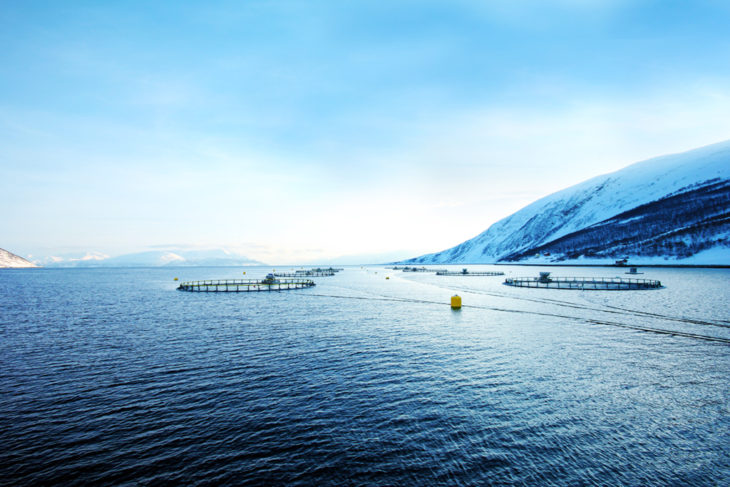
This Grieg salmon farming site in Norway is the current model of farming to be adopted in Newfoundland, Canada.
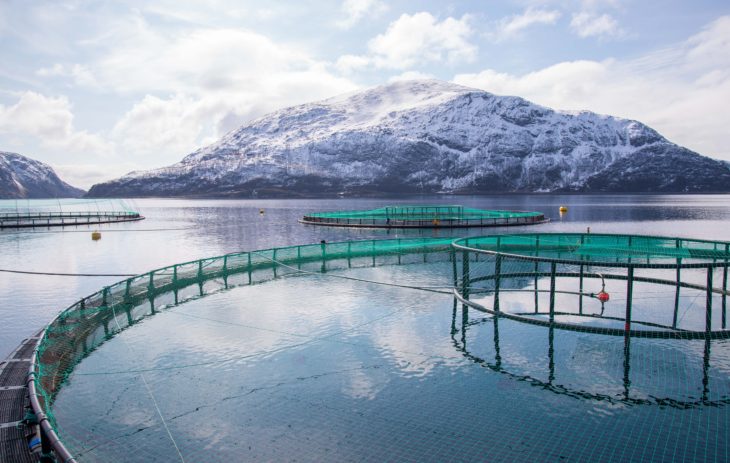
The Grieg Seafood Finnmark salmon farming site in Norway.
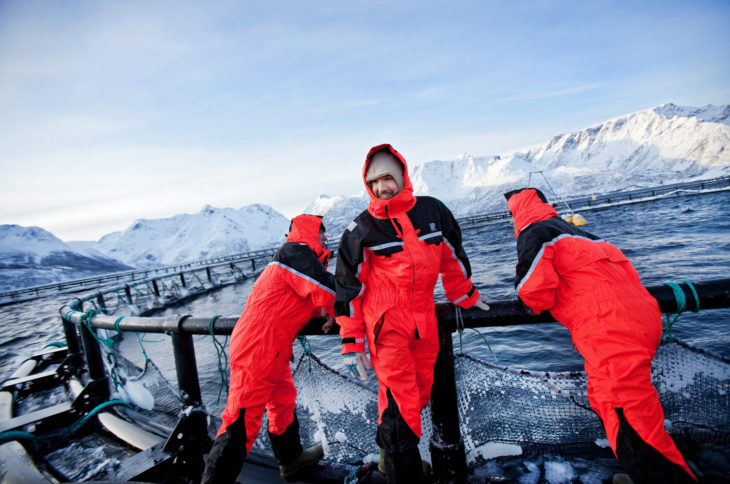
The salmon farming team at the Finnmark site in Norway.
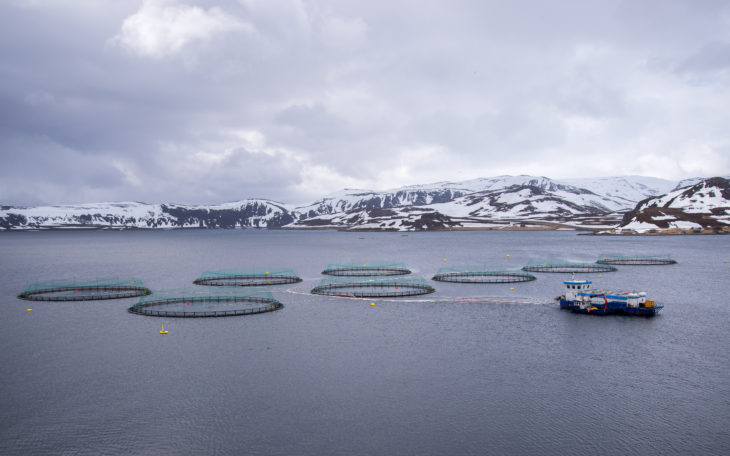
The geological make up of Norway is similar to Newfoundland making it an ideal location for salmon farming. To be successful in salmon farming you need the right protected coastal line, the right temperature during summer and winter as well as correct levels of oxygen and current.
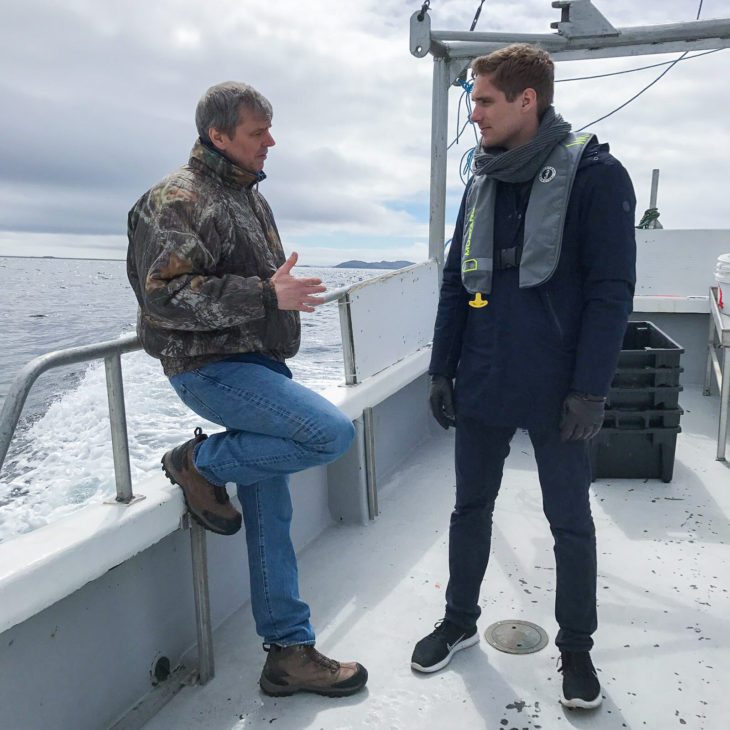
Thomas and Knut are overseeing operations in Newfoundland, Canada.
There are not many places in the world where salmon farming is feasible. You need the right protected coastal line, the right temperature during summer and winter as well as correct levels of oxygen and current. The water depth is also important. Thomas says, “Today Norway, UK, Canada and Chile are ideal places to grow salmon compared to other regions of the world. We see Newfoundland as the next growth sector in the salmon industry and we want to be a part of it.”
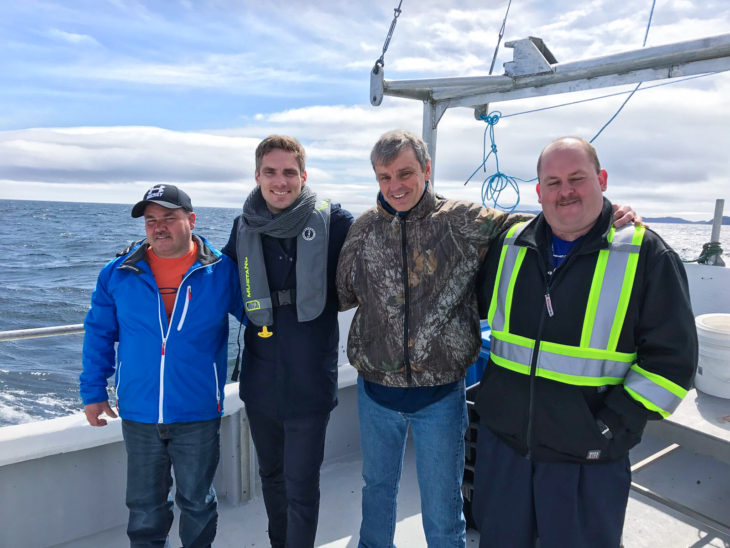
Touring the Placentia Bay Site. Left to Right: Chris Pearson, Thomas Grieg, Knut Skeidsvoll and Anthony Ward
The Marystown salmon hatchery is more than ready to proceed. Thomas is excited, “We are already working full speed ahead and what is most important for us right now is that we do not see any more delays. We started working on this project 4 years ago and we hope that late this summer we can commence groundwork for the hatchery. The ongoing support from the communities on the Burin Peninsula, as well as constructive dialogues and support from the Provincial Government, is of great importance to expedite the project. As well we want to work with ambitious and competent people who want to be a part of our growth story.”
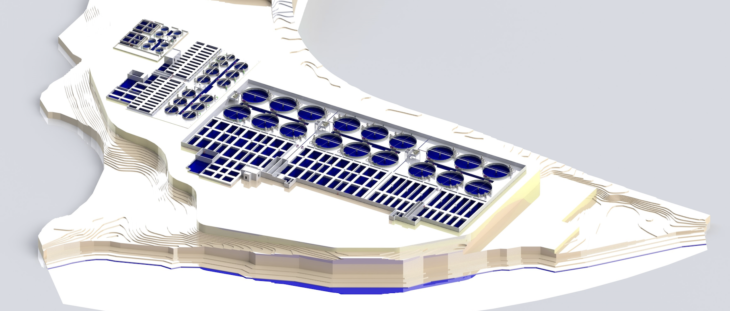
The layout of the hatchery site in Marystown. The buildings from left to right includes: The hatchery and first feeding building, the nursery building and the Post Smolt A, B and C building. The 3 modules will be constructed separately.
Commencement of the project starts with the construction, which occurs in several stages. This allows the hatchery to start production before construction of all three facilities (hatchery, nursery and post-smolt) are complete.
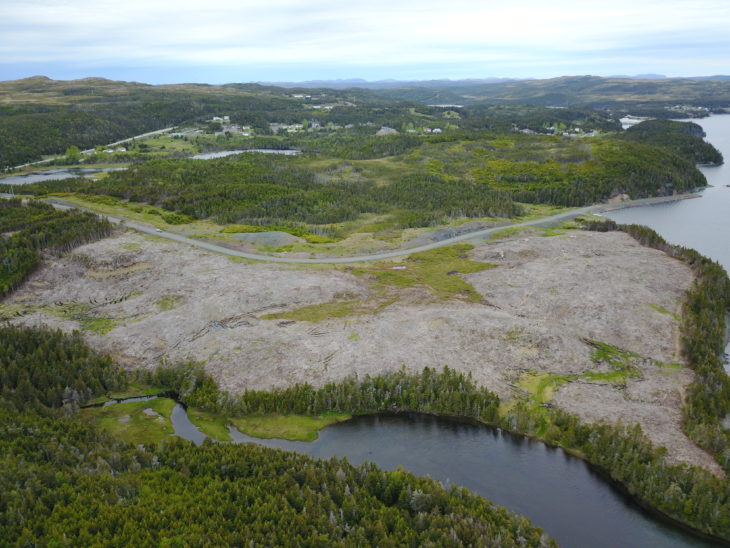
The hatchery site located just outside Marystown where Grieg will construct the 21.000 sq.m hatchery, producing 7 million smolt that will enter the sea sites in Placentia Bay.
Thomas explains, “Constructing this project is a major undertaking. We believe it is one of, if not the largest building to be constructed in the province. Depending on the EIS outcome, we hope to start site work for the land base facilities late this summer and insert the first salmon eggs into the facility in 2019. This will allow us to move the first fish to sea during the summer of 2020 and start our first harvest before the winter of 2021. This is an assertive timeline that we are 100 percent committed to. It’s taken our vision, resources and investment to get us to where we are today. Now it’s time to ensure that it is executed with precision. We are excited about it and as you can see we are here for the long term.”
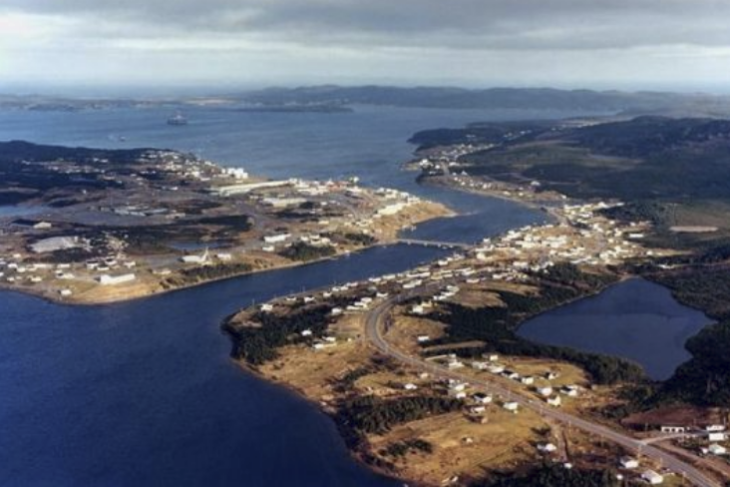
Marystown, Newfoundland will benefit enormously from the hatchery operation. Total employment once operational: 700 (not including construction). The impact and economic benefits are about twice as high during the two years of construction and will employ more than 200 people.
ECONOMIC PROSPERITY
A report done by independent consultant Barry Shepard for the Burin Peninsula Chamber of Commerce in 2016 assessed the economic yearly impact of the project as follows:
Total GDP impact: $150 Million Canadian p.a.
Total Employment Income Impact: $57.5 Million Canadian p.a.
Total Employment Jobs Impact once operational: 700 p.a. (not including construction)
The impact and economic benefits are about twice as high during the two years of construction and will employ more than 200 people.

Norway + Newfoundland: A powerful partnership in sea farming innovation.
TRANSFER OF TECHNOLOGY
The latest and newest technology in the salmon farming industry will be utilized ensuring a transfer of knowledge and technology to the region which will greatly advance the standard and quality of salmon farming in Newfoundland and Canada overall. This project is firmly focused on using local suppliers for numerous services and job types, like diving, ensilage treatment, maintenance, drivers, contractors, electricians, mechanics, HVAC specialists, engineers, construction suppliers, and many more.
This hatchery and its construction phase, employment and timelines are comparable in size to the West White Rose construction project happening simultaneously at Placentia, Newfoundland. No longer are we relying on one sector to sustain us. Finally, the time has come when the fishery and the oil and gas industry will both provide mega-returns for their industry sectors. We can thank all governments, visionaries and business minds involved for that!
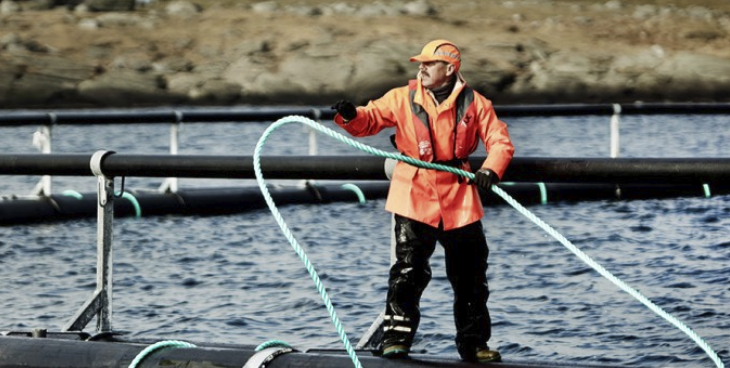
HATCHERY TECHNOLOGY & BENEFITS
The advanced RAS system allows for the building of a hatchery in rural coastal areas that are in a great need of new job opportunities. This plant will, directly and indirectly, create long-term jobs for several communities on the Burin Peninsula. New long-term job opportunities are merged with one of the most environmentally friendly production methods available for fish farming today. This makes it reasonable for the majority of people in the coastal areas of the Burin Peninsula to support this development.
There are organizations and groups that object to fish farming, but in general, there are not many objections against an environmentally friendly salmon plant like this type. We will have no discharge of process water from the facility, which is unique from other hatcheries. Grieg has a world-leading energy efficiency system built into the facility and allows for a very efficient movement and treatment of process water. The production of large smolt (500g-1500g per smolt, industry norm is 100g-200g) reduces the time in the sea for the fish.
Grieg touts a high ethical standard for their companies as well as a powerful commitment to maintaining and protecting the environment where they operate. Unknown by many of the public, is the fact that if the sea that a salmon farming company operates in is polluted, then the salmon will not thrive and the company will not be profitable and it will go out of business. Therefore, a salmon farmer relies on a preserved and pristine environment for a sustainable future.
Thomas says, “I’m proud to stand behind our methodologies. They have proven the test of time with our operations in Norway. Our systems and operational methodologies as presented are meeting and most often exceeding all the criteria given to the industry by the various regulators. This is our philosophy for operating in an environmentally responsible way and minimizing the impact on nature. Salmon farming is a team effort, both internally with our people, and externally with our suppliers, customers and competitors. In Norway, salmon farmers collaborate to tackle the sea lice and other production challenges, both by learning from each other and by collectively planning the production for minimal environmental impact. We want bring that knowledge from Norway to Newfoundland in a climate of sharing information and collaboration with all industry stakeholders. We are already seeing improvements and good intentions from both industry organizations like NAIA and from other salmon farmers.”
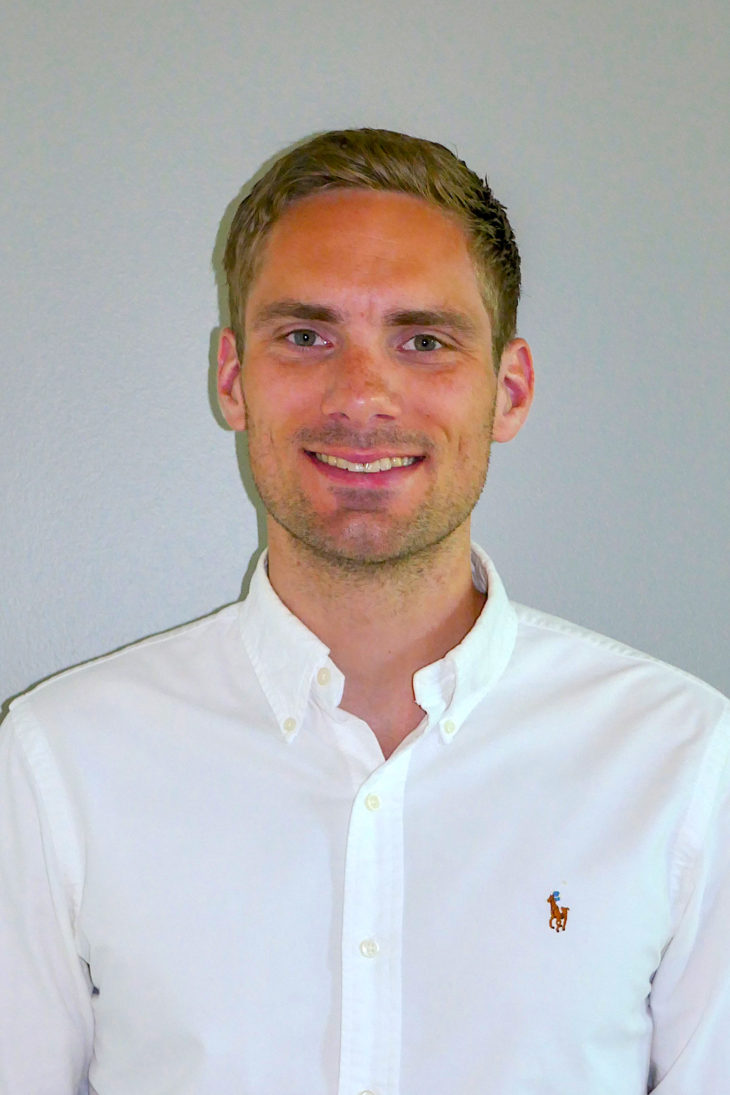
Thomas Grieg, Special Advisor Grieg NL Seafarms Ltd.
Thomas sums up operations like this, “We aim to be regarded as a professional salmon farming company that will be attractive to employees, communities, new potential partners and to our investors. We want to show them how rewarding it is, on all levels, to be in this industry and what a great positive impact we can have socially and economically if we work hard and succeed together. We look forward to becoming the most efficient salmon farmer in Newfoundland!”
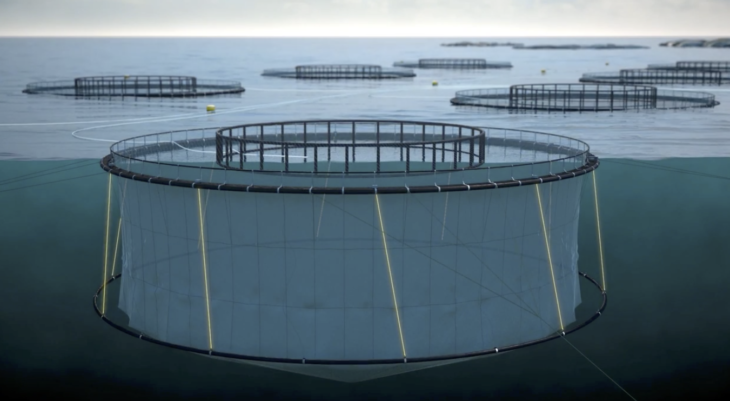
The Aqualine Midguard Systerm: To be used by Grieg NL, this winch system can easily and safely raise and lower the net for harvesting and cleaning without causing stress on the fish, the system or the employees.
Thomas and the Grieg Group are executing a world-class facility and salmon farming sites in Marystown and Placentia Bay. Both will bring prosperity and the transfer of salmon farming technology to the region.
Thomas, like many Vikings before him has pioneered his way to this new found land, ventured the salty waters of the Atlantic ocean and settled on our shores. History now repeating, we will advance with great minds and great fish. We stand proud to have these Vikings among us to rebuild our fishery in new and creative ways.
For more information go to: www.griegnl.com
Source & Photo’s: griegnl.com and griegseafood.no
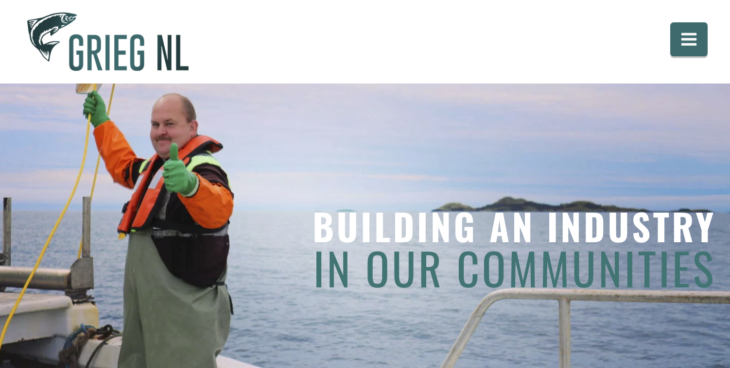
Did you enjoy this article?
We respect your privacy and will never share your information with third parties.